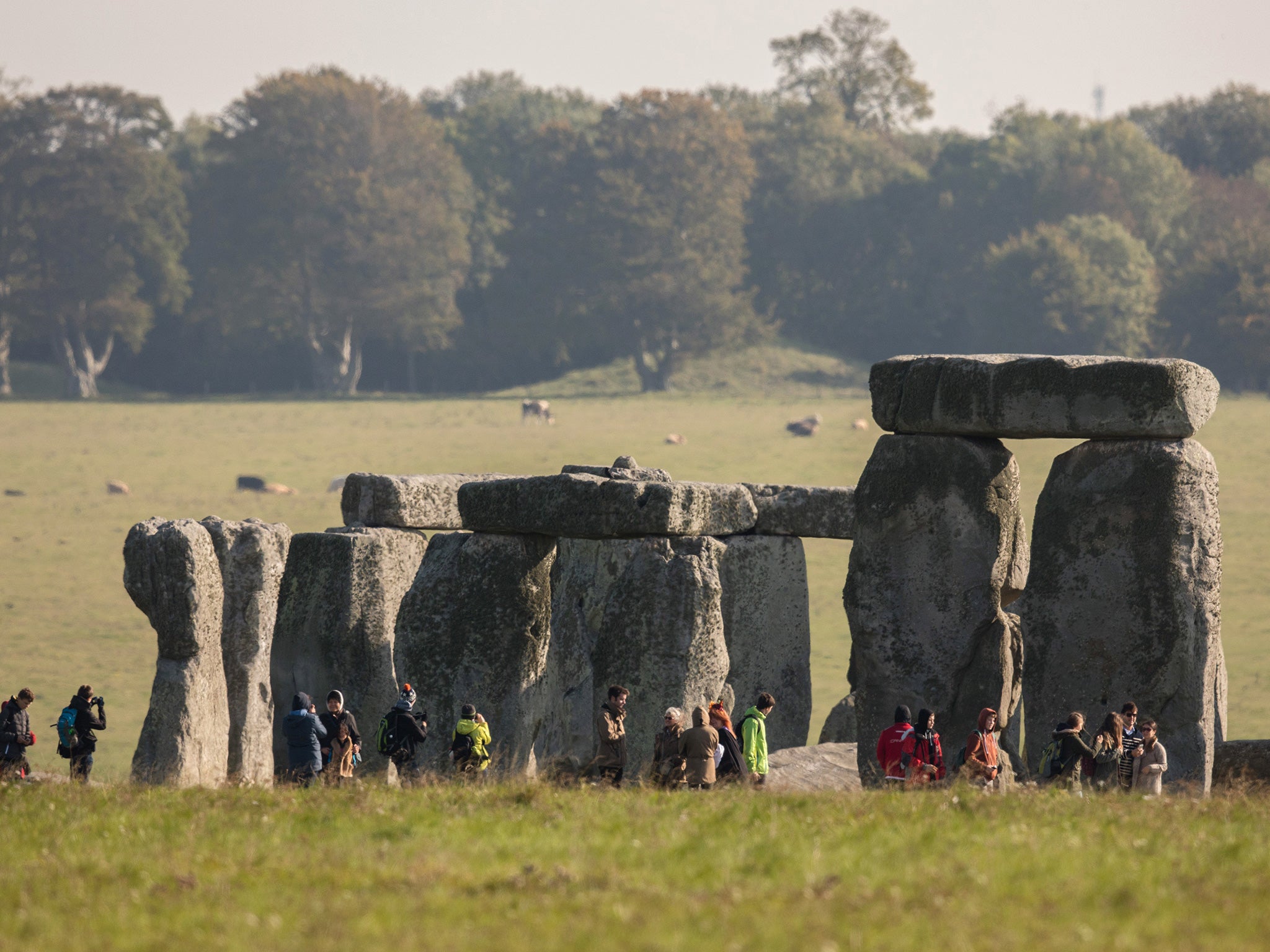Stonehenge was built in Wales and 'dragged off' to Wiltshire 500 years later, study suggests
Holes found cut into rocky outcrops near the Preseli Hills in Pembrokeshire match the stones of the famous monument

Stonehenge could have been first built in what is now Wales where it remained for 500 years until it was “dismantled and dragged off” to Wiltshire, archaeologists have suggested.
The claim followed the “fantastic” discovery of holes cut into rocky outcrops near the Preseli Hills in Pembrokeshire that match the stones of the famous monument but which were cut centuries before it was built, The Guardian reported.
The holes have been dated to between 3,400 and 3,200 BC but Stonehenge was not created in Wiltshire until 2,900 BC.
Professor Mike Parker Pearson, of University College London, said: “It could have taken nearly 500 years to get them to Stonehenge, but that’s pretty improbable in my view.
“It’s more likely that the stones were first used in a local monument, somewhere near the quarries, that was then dismantled and dragged off to Wiltshire.”
He suggested that the “first Stonehenge” was in Wales and “what we’re seeing at Stonehenge [in Wiltshire] is a second-hand monument”.
“Normally we don’t get to make that many fantastic discoveries. But this is one,” he said.
The holes were found on Carn Goedog and Craig Rhos-y-felin. Similar stones that were left behind and what appeared to be “a loading bay” area were also found.

It had been thought that the original builders of Stonehenge had taken giant bluestones from the Preseli Hills to build the inner ring of stones at the monument for reasons that were not fully understood.
A paper by the research team, which also includes academics from Manchester, Bournemouth and Southampton universities, are published in the journal Antiquity. A book by the Council for British Archaeology, called Stonehenge: Making Sense of a Prehistoric Mystery, has also been published.
Join our commenting forum
Join thought-provoking conversations, follow other Independent readers and see their replies
Comments